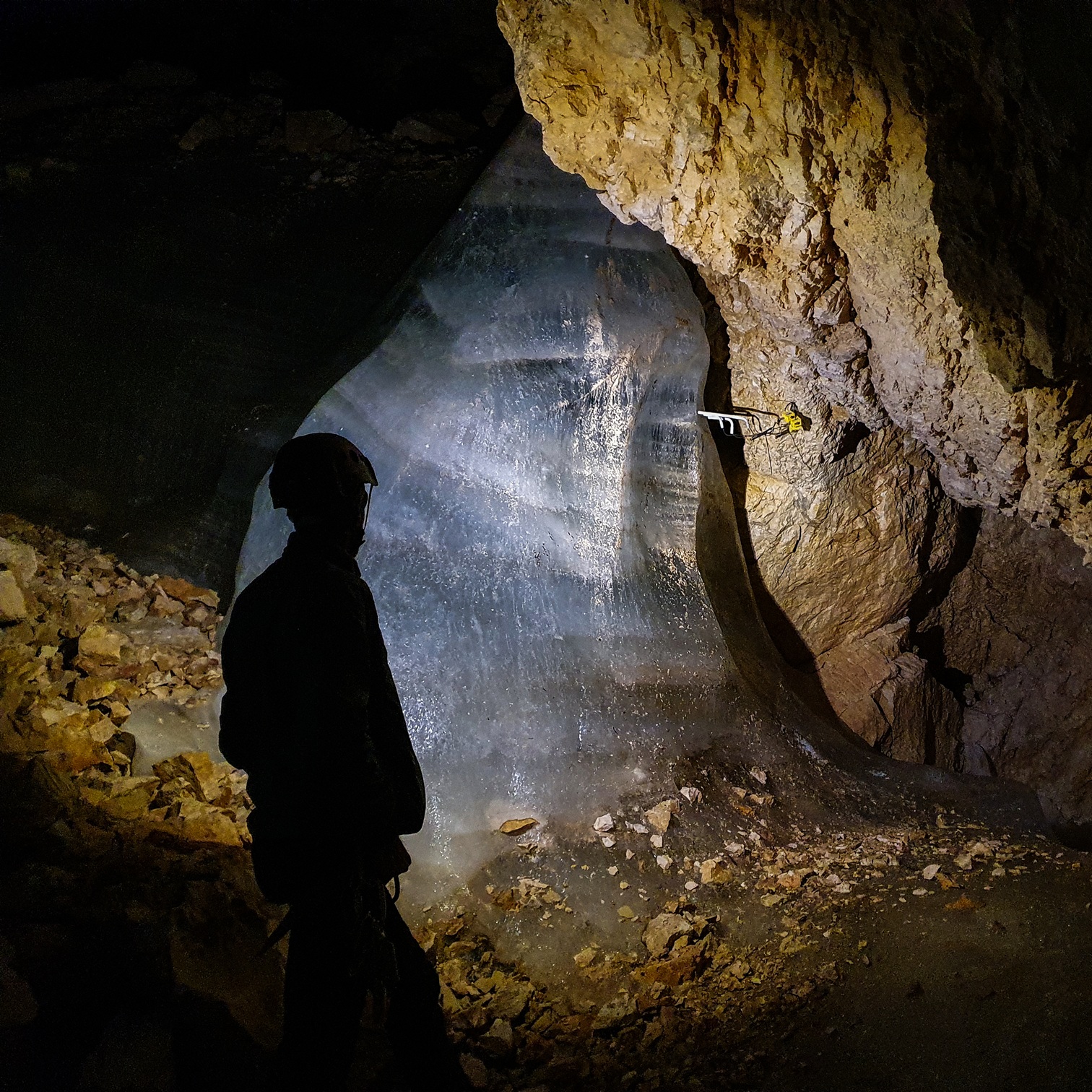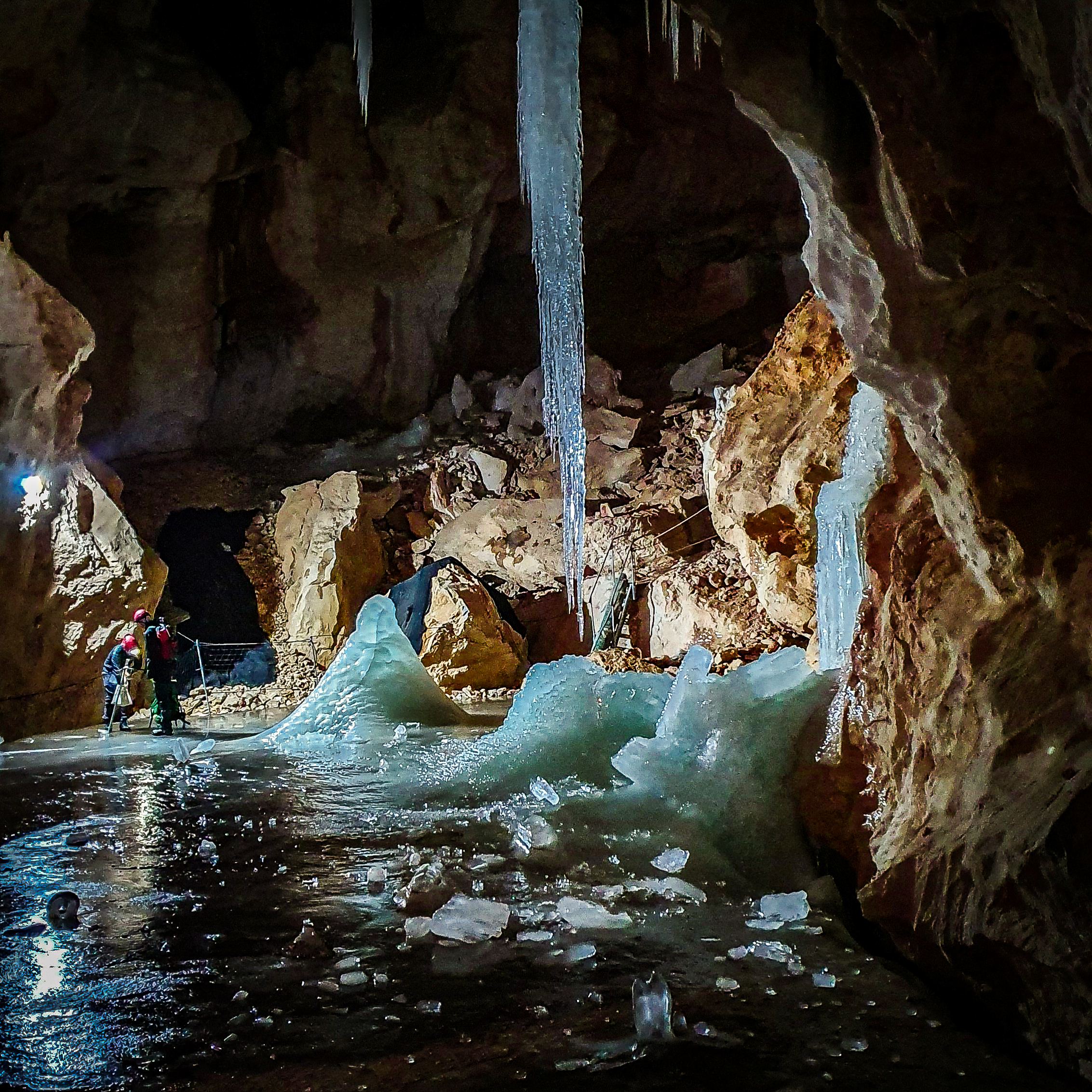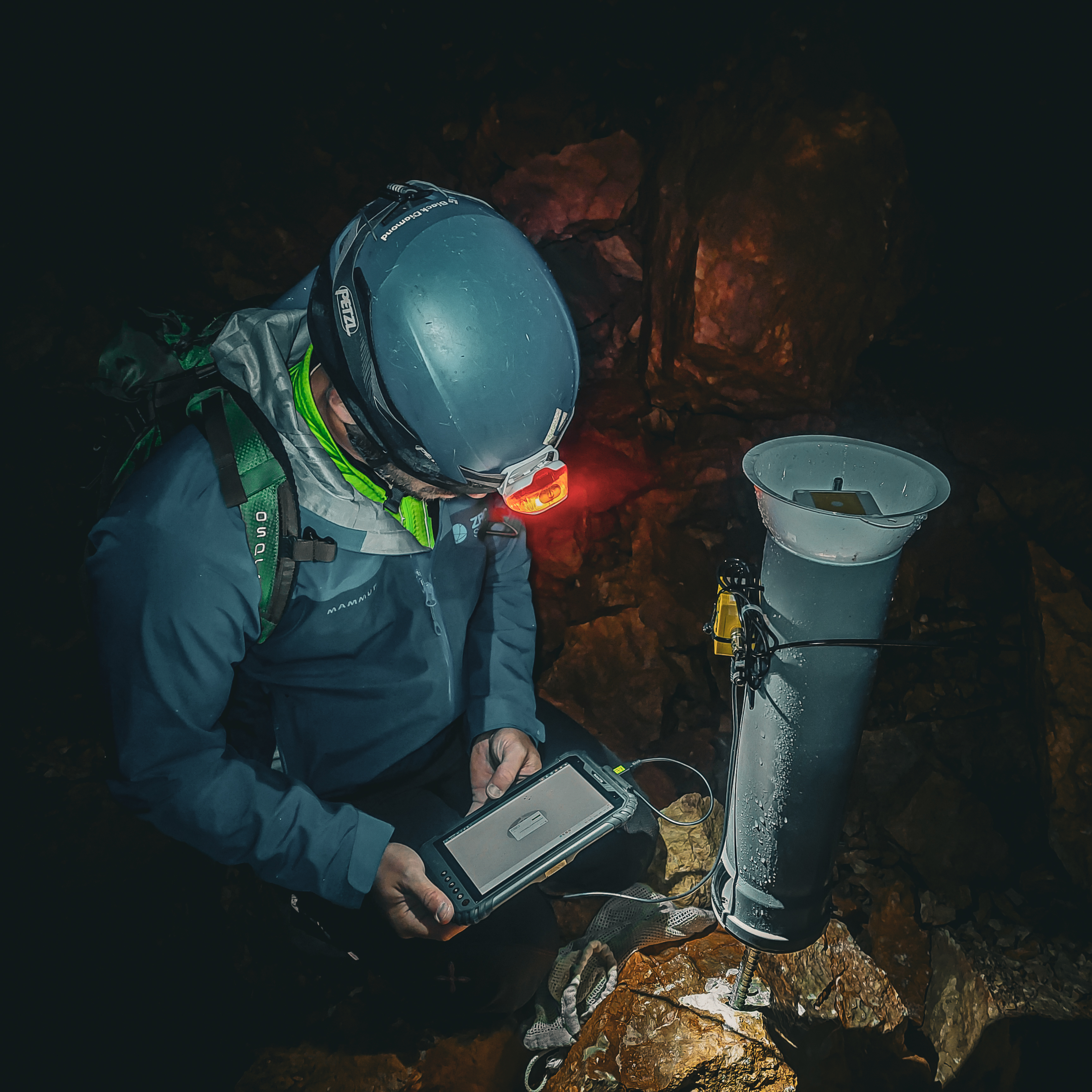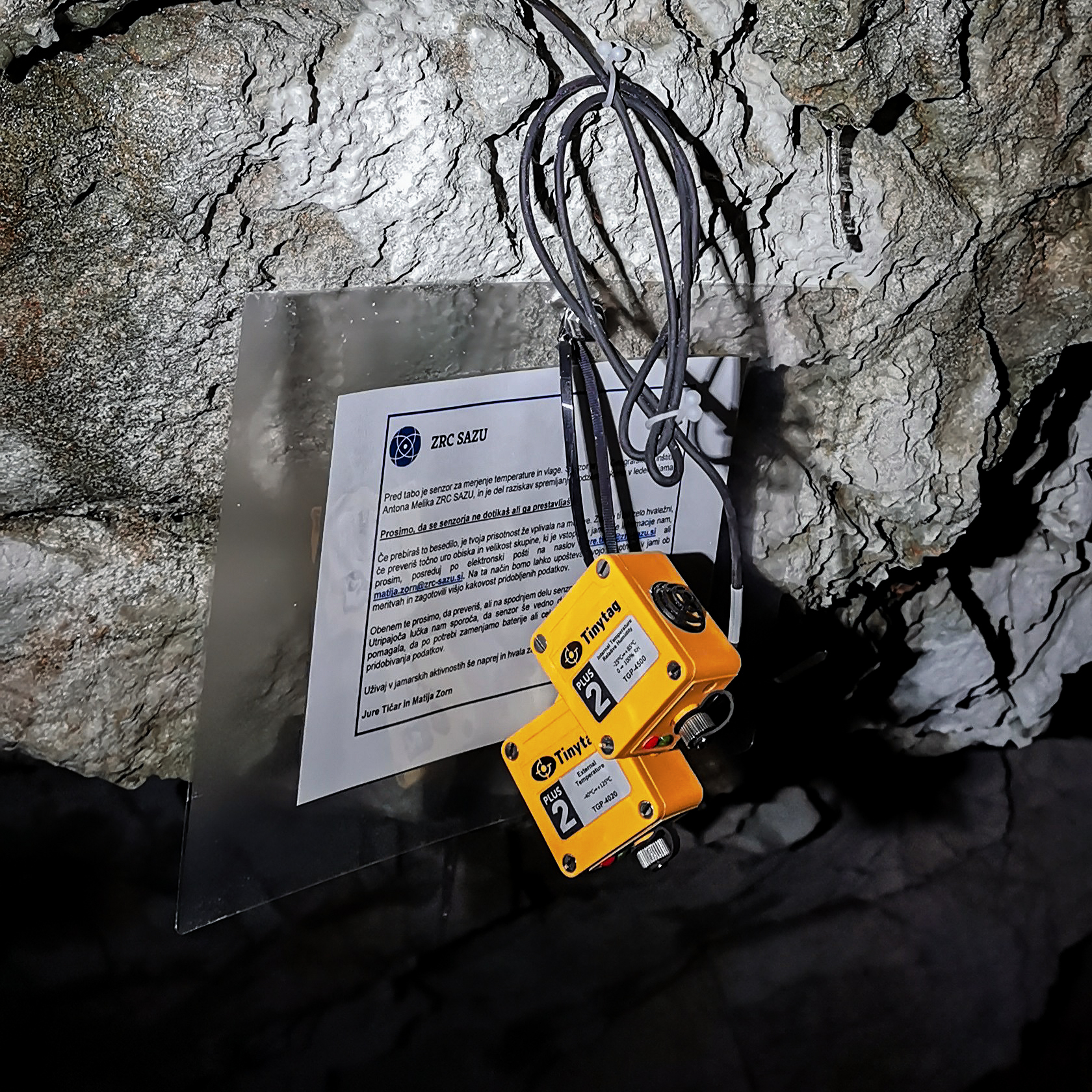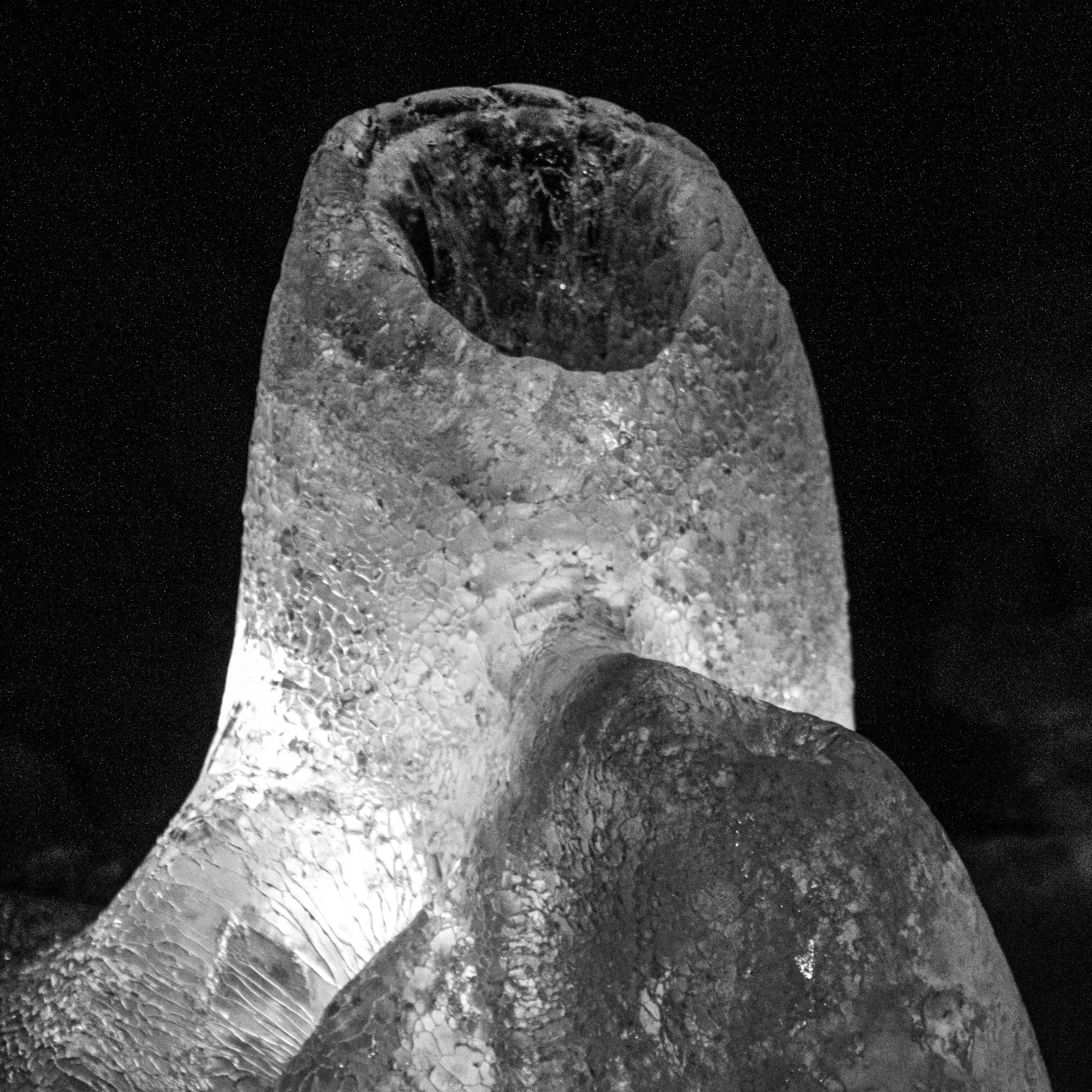Melting Mysteries: Revealing the Impacts of Climate Change on Ice Caves Through Citizen Science
Principal Investigator at ZRC SAZU
Jure Tičar, PhD-
Original Title
Skrivnostno taljenje: Razkrivanje vplivov podnebnih sprememb na ledene jame skozi občansko znanost
Project Team
Špela Čonč, PhD, Matija Zorn, PhD, Rok Ciglič, PhD, Lenart Štaut-
ARIS Project ID
ARIS O6-50214
-
Duration
1 September 2025–31 October 2026 -
Project Leader
-
Financial Source
Slovenian Research and Innovation Agency

Glacier melting is one of the most visible indicators of global climate warming. The retreat of glaciers in the Alps is alarming. Between 2000 and 2014, glaciers lost approximately 16% of their volume, and by 2050, up to 90% of all Alpine glaciers are expected to disappear. This process is particularly pronounced in peripheral areas of the Alps and on glaciers such as the Triglav Glacier and the Skuta Glacier, which are already losing their fundamental characteristics.
However, climate change does not only affect surface glaciers but also the ice in karst caves. Research has shown that average temperatures in ice caves within the Alpine region are increasing by approximately 0.2°C per decade, about half the rate of external temperature rise. Due to the accelerated retreat of surface glaciers, ice caves are becoming increasingly important indicators of climate change.
In Slovenia, 229 karst caves with permanent ice have been registered. Although research on ice caves is less extensive, they provide valuable data on local and regional climate changes. Existing research in Slovenia focuses on four ice caves in the Alps and the Dinaric Mountains, where scientists measure climate variables and monitor changes in ice mass. Results indicate an accelerated loss of ice; however, more comprehensive research is needed to fully understand the impact of climate change on cave environments. Based on cave maps, archival documentation from the Cave Registry, and photographic records, it is possible to reconstruct past conditions and compare them with contemporary data.
Caving volunteers and associations are key partners in this research, as their expertise and photographic materials significantly complement scientific efforts. Their observations of changes in ice caves are invaluable for understanding the fragile cave environment. Using questionnaires, we will collect data on cavers’ observations, gather photographs from personal and club archives, and establish a methodology for monitoring ice mass changes in a larger number of caves.
Through field monitoring of temperatures and ice conducted by caving volunteers, we will obtain critical data on current trends and enable a better understanding of the dynamics of climate change. The collected data will be presented through lectures and a photographic exhibition, increasing public awareness and encouraging discussion about the importance of protecting the natural environment. By establishing a geo-information portal, the research results on the impact of climate change on cave environments will be made accessible to a broader audience.
The project will connect the scientific and caving communities and enable a better understanding of climate change through the lens of cave environments. Additionally, by promoting the results, we will contribute to a wider public debate on the impacts of climate change and encourage active participation in addressing these challenges.
